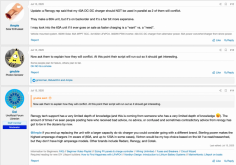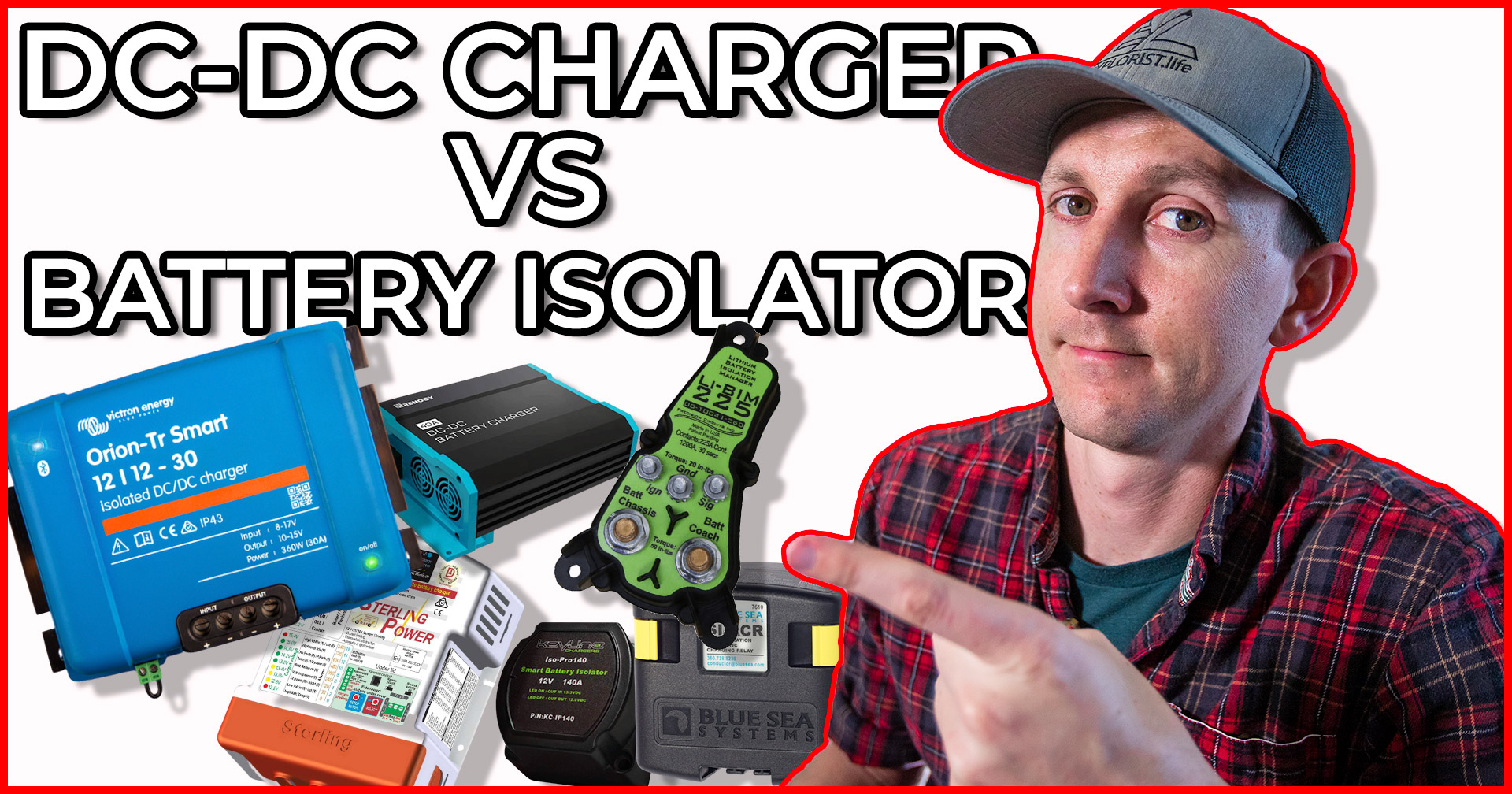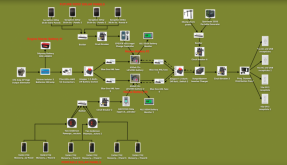MetalChef
New Member
- Joined
- Aug 16, 2020
- Messages
- 25
Not sure if this helps but someone here in another diysolarforum.com thread also mentioned someone from Renogy tech support said 2 of their DC to DC chargers could not be used together. Here is a screen shot.Added a column for parallelable (only for the single purpose DC-DC chargers), So far I only filled in Victron and Sterling. I'd like more confirmation on the Renogy, Amazon Answers have a poor track record when it comes to technical questions. And I've no idea about the last two options.





